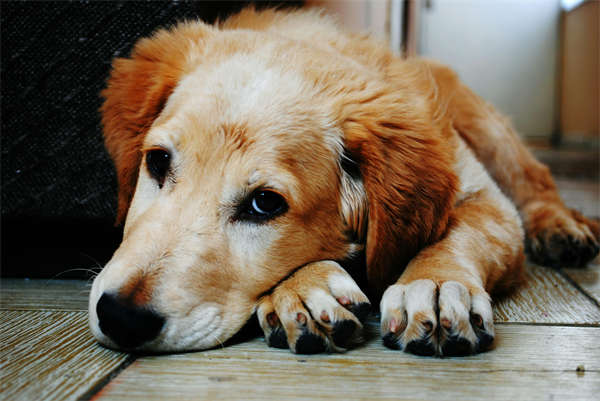Unlocking the Canine Mind: 3 Essential Aspects of Why Your Dog Loves to Sniff
Are you a pet owner who is always puzzled by your dog& 39;s sniffing habits? Do you feel that your dog& 39;s s

Are you a pet owner who is always puzzled by your dog's sniffing habits? Do you feel that your dog's sniffing is a mere display of their curiosity or is it something more? Here's a comprehensive guide to help you understand why your canine friend is so fond of sniffing. This remarkable behavior, although often overlooked, plays a crucial part in their life. This guide delves into 3 aspects of a dog's sniffing behavior that may change the way you view your furry friend's daily walks.
I. The Incredible Canine Sniffing Ability
A. The Power of Dogs’ Noses
The canine olfactory system is an incredible and complex machine. Immensely more sensitive than a human's, a dog’s nose not only determines their sense of smell but also majorly impacts how they interact with the world. A popular quote suggests that a dog's sense is so keen that it would be able to detect a single drop of blood in an area as large as an Olympic-sized swimming pool. Now, just imagine that acute sense of smell navigating your local park!
B. The Role of Scent in Communication
While humans primarily use language for communication, dogs have an entirely different approach. Instead of words, a dog's primary medium of communication is scent. Through this, dogs can gather detailed information about their surroundings, other animals, and even people - making it a critical tool for exploration and evaluation.
C. Sniffing: A Natural Enriching Behavior

Often pet toys and puzzle games are considered the go-to solutions for keeping a dog mentally and physically enriched. However, we shouldn't overlook their most natural and enriching behavior — sniffing. Allowing dogs to explore their environment with their noses not only creates a more stimulating walk but also provides them with a sense of choice and freedom. In fact, the act of sniffing can leave dogs more tired and relaxed.
II. The Importance of Slowing Down Walks
A. Mistakes to Avoid During Walks
Many pet owners interpret long, fast walks as an optimal way to tire out dogs. Such walks may not provide ample sniffing opportunities and could result in over-stimulation, given the lack of control dogs have over their environment. This can inadvertently lead to your dog feeling frustrated or bored.
B. The Value of Slow Walks
Contrary to popular belief, slower paced walks that allow your pet adequate sniffing time can be more rewarding and pleasing for them. Dogs need not just the physical exercise but mental stimulation as well, which they get from exploring their surroundings. By letting your dog lead the walk and control its pace based on their sniffing needs, you'll likely get a tireder and more satisfied pooch by the end of the walk.
C. Implementing Choice and Freedom in Walks
Offering dogs the freedom to stop and sniff at their leisure can drastically improve the quality of their walks. By doing so, you allow them to choose what they want to investigate and for how long. Providing them the power of such decisions, no matter how small, can empower dogs and enrich their mental health.
III. The Impact of Sniffing on a Dog’s Well-being
A. The Calming Effect of Sniffing
Unlike some high-energy activities which can over-stimulate dogs, sniffing is a calm and typically relaxing process. Recent studies suggest that dogs that engage in regular sniffing activities are likely to be more optimistic. A sniff-rich environment can largely influence a dog's emotional well-being and mood.
B. Sniffing as Exercise
The simple act of sniffing exercises a dog's brain like nothing else. A slow, sniff-filled walk can be much more exhausting for a dog than a quick-paced, straightforward walk. It not only greatly enriches their mental state but can also tire them out, thus reducing the likelihood of them engaging in destructive behavior when at home.
C. Sniffing as a Means of Communication
Have you ever got impatient when your dog seemed to sniff every single tree or lamp post along your walk? This sniffing ritual is an integral part of communication in dogs. Through picking up scents, dogs can understand intricate details about other dogs - like their gender, their familiarities, and their proximity. So, the next time your dog stops to sniff, remember, he's just catching up on the neighborhood gossip!
